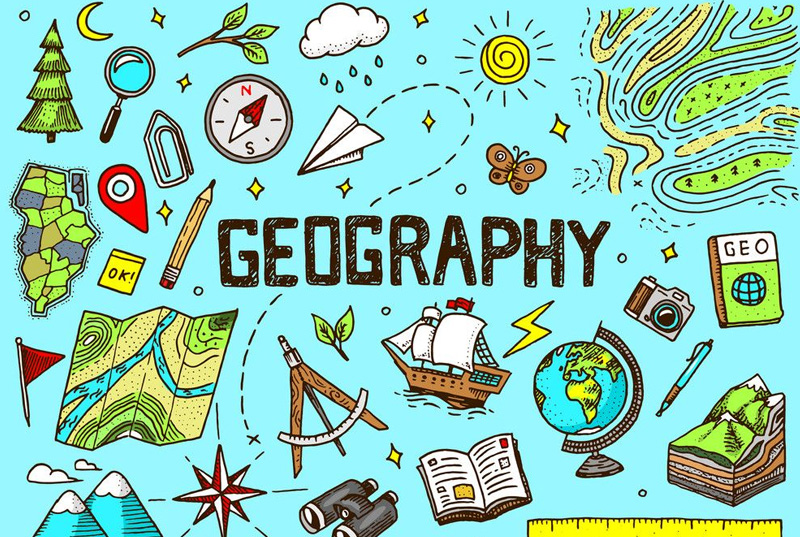
Key Features of the Course:
- Clarity in theories & Concepts to answer any given question more accurately.
- Multiple modes of delivering the same topic so as to ensure conceptual clarity.
- Adopt the most advanced technological of audio-videos, pictorial representations so as to build realistic understanding on the subject-matter.
- Incredible insights to develop best answers.
- Detailed analysis of previous year questions so as to ensure
- Right orientation
- Prioritize the topics
- Helps you to choose what to read and more importantly what not to read
- To approach the main exam with right strategy
- Experienced faculty – Retired and In-service IAS/IPS officers.
- India’s best quality and highly relevant printed materials.
- The more personal, small-group teaching (supervisions) is the most distinctive feature of the classroom system.
- High Success rate.
Courses Details:
Duration: 3 months.
Related lectures, audio/videos will be presented for each topic.
20 All India Mock Tests will be conducted, as a part of the course.
Printed material for all the topics will be delivered.
Course Syllabus:
Paper – I
Principles of Geography Physical Geography:
1. Geomorphology:
Factors controlling landform development; endogenetic and exogenetic forces; Origin and evolution of the earth’s crust; Fundamentals of geomagnetism; Physical conditions of the earth’s interior; Geosynclines; Continental drift; Isostasy; Plate tectonics; Recent views on mountain building; Vulcanicity; Earthquakes and Tsunamis; Concepts of geomorphic cycles and Landscape development ; Denudation chronology; Channel morphology; Erosion surfaces; Slope development ; Applied Geomorphology : Geohydrology, economic geology and environment.
2. Climatology:
Temperature and pressure belts of the world; Heat budget of the earth; Atmospheric circulation; atmospheric stability and instability. Planetary and local winds; Monsoons and jet streams; Air masses and fronto genesis, Temperate and tropical cyclones; Types and distribution of precipitation; Weather and Climate; Koppen’s, Thornthwaite’s and Trewartha’s classification of world climates; Hydrological cycle; Global climatic change and role and response of man in climatic changes, Applied climatology and Urban climate.
3. Oceanography:
Bottom topography of the Atlantic, Indian and Pacific Oceans; Temperature and salinity of the oceans; Heat and salt budgets, Ocean deposits; Waves, currents and tides; Marine resources: biotic, mineral and energy resources; Coral reefs, coral bleaching; sealevel changes; law of the sea and marine pollution.
4. Biogeography:
Genesis of soils; Classification and distribution of soils; Soil profile; Soil erosion, Degradation and conservation; Factors influencing world distribution of plants and animals; Problems of deforestation and conservation measures; Social forestry; agro-forestry; Wild life; Major gene pool centres.
5. Environmental Geography:
Principle of ecology; Human ecological adaptations; Influence of man on ecology and environment; Global and regional ecological changes and imbalances; Ecosystem their management and conservation; Environmental degradation, management and conservation; Biodiversity and sustainable development; Environmental policy; Environmental hazards and remedial measures; Environmental education and legislation.
Human Geography:
1. Perspectives in Human Geography:
Areal differentiation; regional synthesis; Dichotomy and dualism; Environmentalism; Quantitative revolution and locational analysis; radical, behavioural, human and welfare approaches; Languages, religions and secularisation; Cultural regions of the world; Human development index.
2. Economic Geography:
World economic development: measurement and problems; World resources and their distribution; Energy crisis; the limits to growth; World agriculture: typology of agricultural regions; agricultural inputs and productivity; Food and nutrition problems; Food security; famine: causes, effects and remedies; World industries: locational patterns and problems; patterns of world trade.
3. Population and Settlement Geography:
Growth and distribution of world population; demographic attributes; Causes and consequences of migration; concepts of over-under-and optimum population; Population theories, world population problems and policies, Social well-being and quality of life; Population as social capital. Types and patterns of rural settlements; Environmental issues in rural settlements; Hierarchy of urban settlements; Urban morphology: Concepts of primate city and rank-size rule; Functional classification of towns; Sphere of urban influence; Rural – urban fringe; Satellite towns; Problems and remedies of urbanization; Sustainable development of cities.
4. Regional Planning:
Concept of a region; Types of regions and methods of regionalisation; Growth centres and growth poles; Regional imbalances; regional development strategies; environmental issues in regional planning; Planning for sustainable development.
5. Models, Theories and Laws in Human Geography:
Systems analysis in Human geography; Malthusian, Marxian and demographic transition models; Central Place theories of Christaller and Losch;Perroux and Boudeville; Von Thunen’s model of agricultural location; Weber’s model of industrial location; Ostov’s model of stages of growth. Heartland and Rimland theories; Laws of international boundaries and frontiers.
Paper – II
Geography of India
1. Physical Setting:
Space relationship of India with neighboring countries; Structure and relief; Drainage system and watersheds; Physiographic regions; Mechanism of Indian monsoons and rainfall patterns, Tropical cyclones and western disturbances; Floods and droughts; Climatic regions; Natural vegetation; Soil types and their distributions.
2. Resources:
Land, surface and ground water, energy, minerals, biotic and marine resources; Forest and wild life resources and their conservation; Energy crisis.
3. Agriculture:
Infrastructure: irrigation, seeds, fertilizers, power; Institutional factors: land holdings, land tenure and land reforms; Cropping pattern, agricultural productivity, agricultural intensity, crop combination, land capability; Agro and socialforestry; Green revolution and its socioeconomic and ecological implications; Significance of dry farming; Livestock resources and white revolution; aqua – culture; sericulture, apiculture and poultry; agricultural regionalisation; agro-climatic zones; agro- ecological regions.
4. Industry:
Evolution of industries; Locational factors of cotton, jute, textile, iron and steel, aluminium, fertilizer, paper, chemical and pharmaceutical, automobile, cottage and agro-based industries; Industrial houses and complexes including public sector undertakings; Industrial regionalisation; New industrial policies; Multinationals and liberalization; Special Economic Zones; Tourism including eco -tourism.
5. Transport, Communication and Trade:
Road, railway, waterway, airway and pipeline networks and their complementary roles in regional development; Growing importance of ports on national and foreign trade; Trade balance; Trade Policy; Export processing zones; Developments in communication and information technology and their impacts on economy and society; Indian space programme.
6. Cultural Setting:
Historical Perspective of Indian Society; Racial, linguistic and ethnic diversities; religious minorities; major tribes, tribal areas and their problems; cultural regions; Growth, distribution and density of population; Demographic attributes: sex-ratio, age structure, literacy rate, work-force, dependency ratio, longevity; migration (inter-regional, intra- regional and international) and associated problems; Population problems and policies; Health indicators.
7. Settlements:
Types, patterns and morphology of rural settlements; Urban developments; Morphology of Indian cities; Functional classification of Indian cities; Conurbations and metropolitan regions; urban sprawl; Slums and associated problems; town planning; Problems of urbanization and remedies.
8. Regional Development and Planning:
Experience of regional planning in India; Five Year Plans; Integrated rural development programmes; Panchayati Raj and decentralised planning; Command area development; Watershed management; Planning for backward area, desert, drought prone, hill, tribal area development; multi-level planning; Regional planning and development of island territories.
9. Political Aspects:
Geographical basis of Indian federalism; State reorganisation; Emergence of new states; Regional consciousness and inter state issues; international boundary of India and related issues; Cross border terrorism; India’s role in world affairs; Geopolitics of South Asia and Indian Ocean realm.
10. Contemporary Issues:
Ecological issues: Environmental hazards: landslides, earthquakes, Tsunamis, floods and droughts, epidemics; Issues relating to environmental pollution; Changes in patterns of land use; Principles of environmental impact assessment and environmental management; Population explosion and food security; Environmental degradation; Deforestation, desertification and soil erosion; Problems of agrarian and industrial unrest; Regional disparities in economic development; Concept of sustainable growth and development; Environmental awareness; Linkage of rivers; Globalisation and Indian economy.
NOTE: Candidates will be required to answer one compulsory map question pertinent to subjects covered by this paper.
click here to know the details about SCHOLARSHIP TEST for Geography Optional
![]()
Pragnya
Professional Photographer
Mail ID : pragnyaiasserver@gmail.com
Web : https://pragnyaiascoachingbangalore.com/
Pragnya
About Instructor
Pragnya IAS Academy
Teacher Courses
Indian History by Devi Shankar Sir Group 2




 (No Ratings Yet)
(No Ratings Yet)